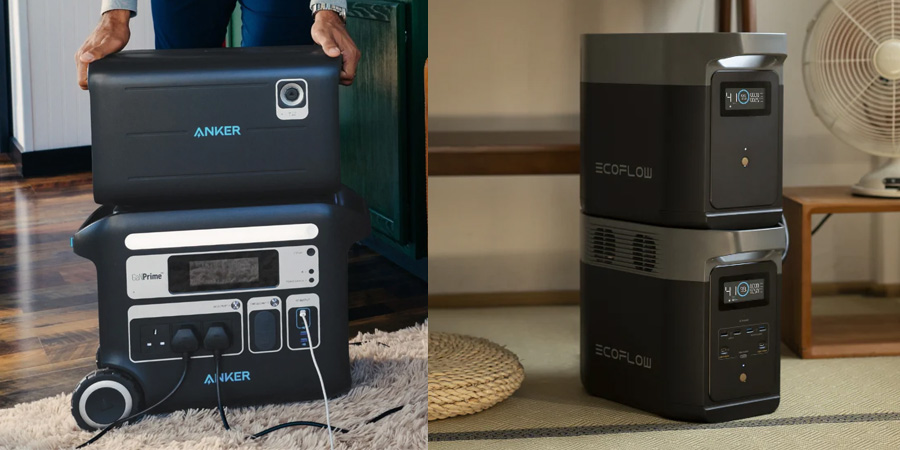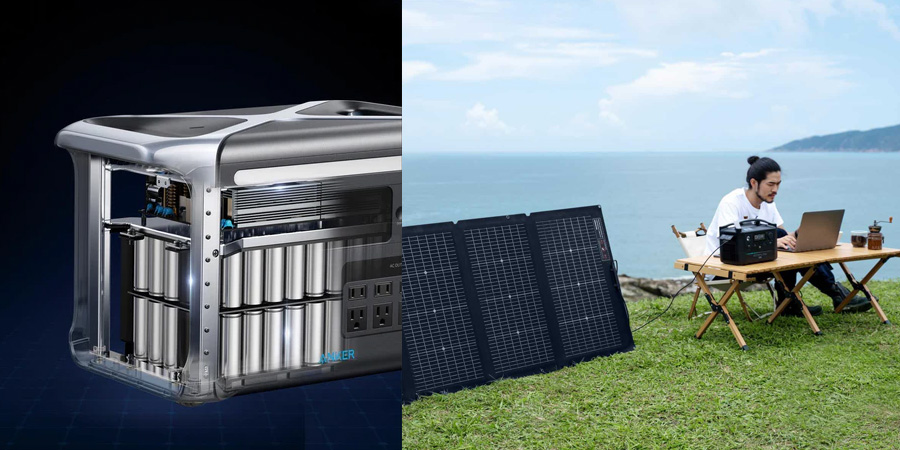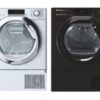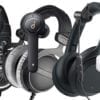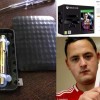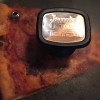These two battery setups are top-of-the-range units, their technology, features, battery chemistry and warranties are not for your average consumer who wants to charge their iPhone whilst camping, in fact, nothing else comes close (except for a petrol generator) for usability and power, but with both the Anker 767 PowerHouse and EcoFlow DELTA 2 now available which is best?
So who are these batteries useful for?
- Those that Camp / Live in Vans (VanLife) / Take trips away in MotorHomes & Caravans / People that live remotely and want to power things like AirFryers, Hot Plates, Kettles & Toasters!
- Videographers / Photographers to power lighting, charge drones or camera batteries away from mains power
- People that want to cook outside without burning a fire/BBQ
- Carpenters / Builders / Those working remotely to power big tools like Hammer Drills, Circular Saws or Chainsaws
- Those people who don’t want a loud petrol generator because they want to keep quiet or work in an environment where they would be disruptive
- Those people who want a high-quality large backup power supply (e.g. for medical devices / power cuts / remote working etc)
- Those that want to live off-grid and use free solar power to power their day-to-day lives.
Why is LFP chemistry so great?
Both these devices use LFP (LiFePO4) batteries these are vastly superior to transition Li-ion batteries and allow both units to offer vastly superior warranties and lifetimes (estimated 6x) compared to the rest of the market. LFP technology has reduced in price in recent years (thanks in part to the increase in production with electric cars). The other major benefit of LFP is they work much better at low and hot temperatures allowing more battery use regardless of whether it’s December in Scotland or July in Spain. They’re also incredibly efficient at both charging and discharging, meaning you get better bang for your buck compared with charging lead-acid. They’re also very energy dense so they’re fairly compact compared with older technology. LFP batteries also don’t have cobalt inside so they’re not going to combust like you may have seen some fires from batteries (e.g. balance boards).
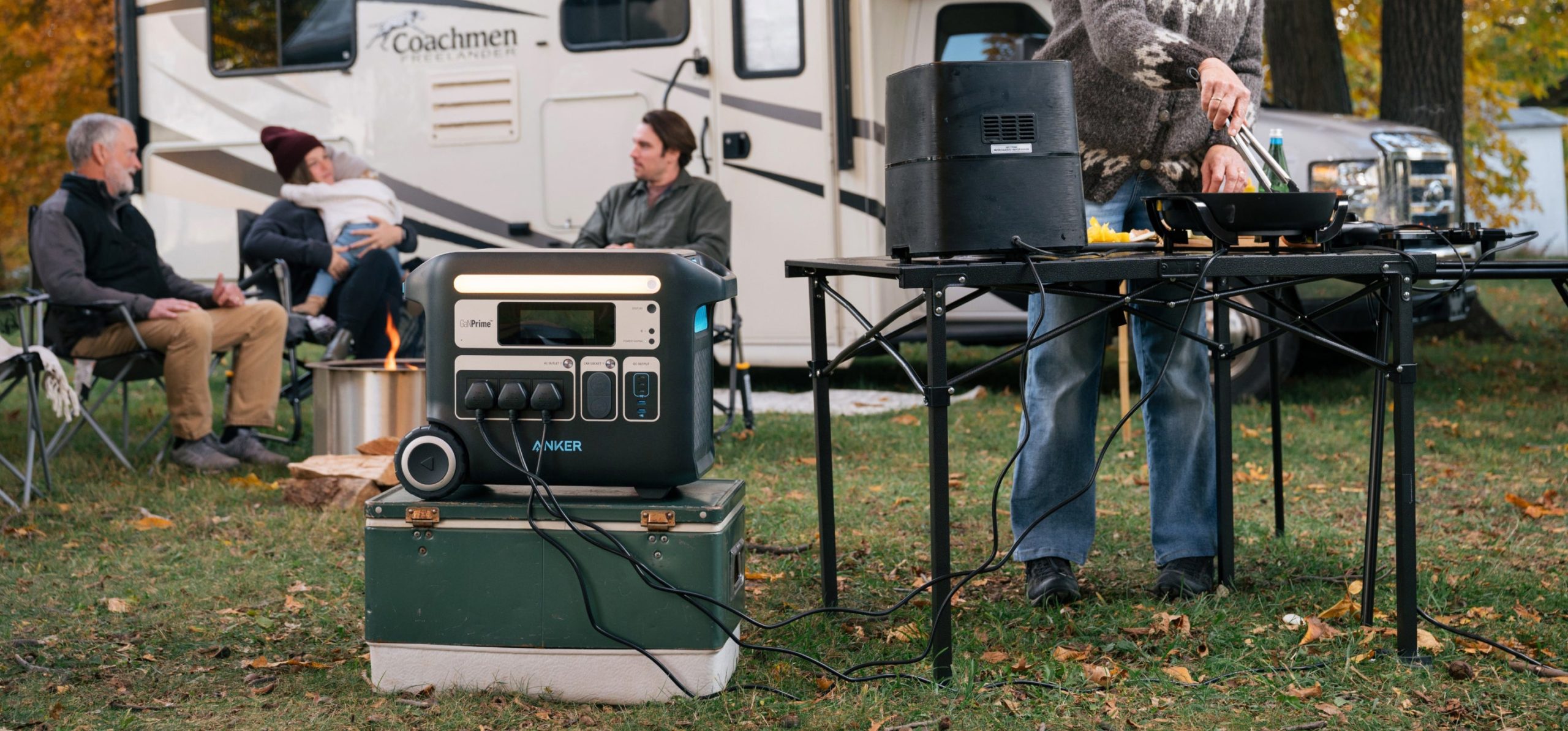
Anker 767 Powerhouse everything you need to know:
This 2kWh (2048Wh) capacity portable battery is a big chunk but it comes on wheels, so it’s still fairly moveable; however, with that weight comes double the capacity of the EcoFlow Delta 2! The warranty and customer service from Anker has always been top level over the many years we’ve owned their products and with an estimated 10-year life of this battery (3,000 cycles) and a 5-year warranty that matches EcoFlow you won’t go wrong here.
You can double the capacity of this unit up to massive 4kWh with an additional Anker 760 battery which uses the same LFP battery chemistry for optimal longlife and performance but requires the brain of the Anker 767 Powerhouse to control/manage the additional power.
The 767 comes with 100W USB-C so ideal if you have a USB-C powered laptop, it can also power devices via 3 x UK 3 pin plugs, 2 x 12V lighter sockets or the 2 USB-A 18W sockets. You can also simultaneously power up to 2300W of devices at the same time which is truly impressive for a portable battery although in reality you will unlikely use that much unless you’re doing cooking.
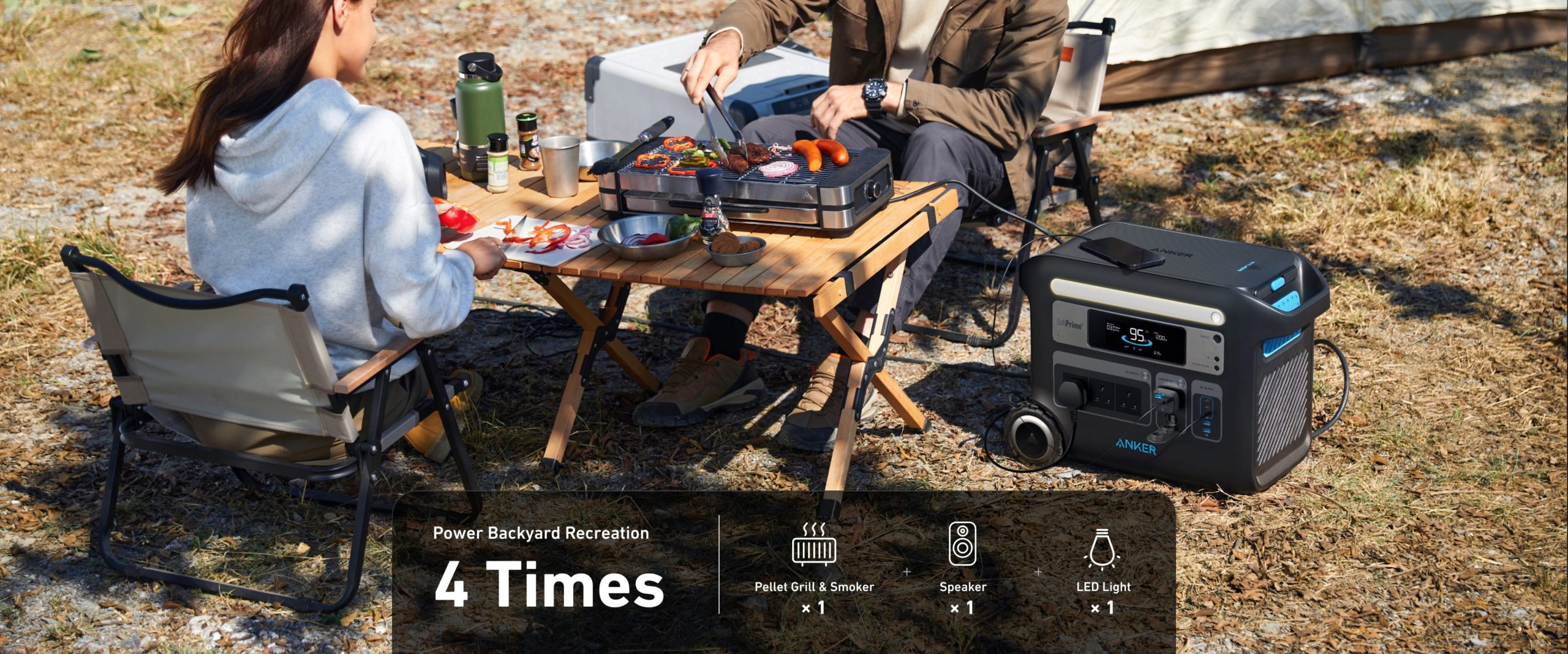 A big benefit with the Anker system is you can install up to 1000W of solar panels into this unit, meaning if you’re wanting to be offgrid for a good while this system will be superior.
A big benefit with the Anker system is you can install up to 1000W of solar panels into this unit, meaning if you’re wanting to be offgrid for a good while this system will be superior.
A second major benefit is that the AC charger (mains power) is twice as quick on the Anker meaning a charge will take just 84 minutes for a total of 2048Wh (2kWh) Vs 80 minutes for just 1024Wh (1kWh) with the EcoFlow Delta 2, so if you need to be able to top it up quickly the Anker is superior.
Anker have a superb reputation for their products are extremely well-reviewed and even loved by some of their customers.
Buy the Anker 767 Powerhouse (UK)
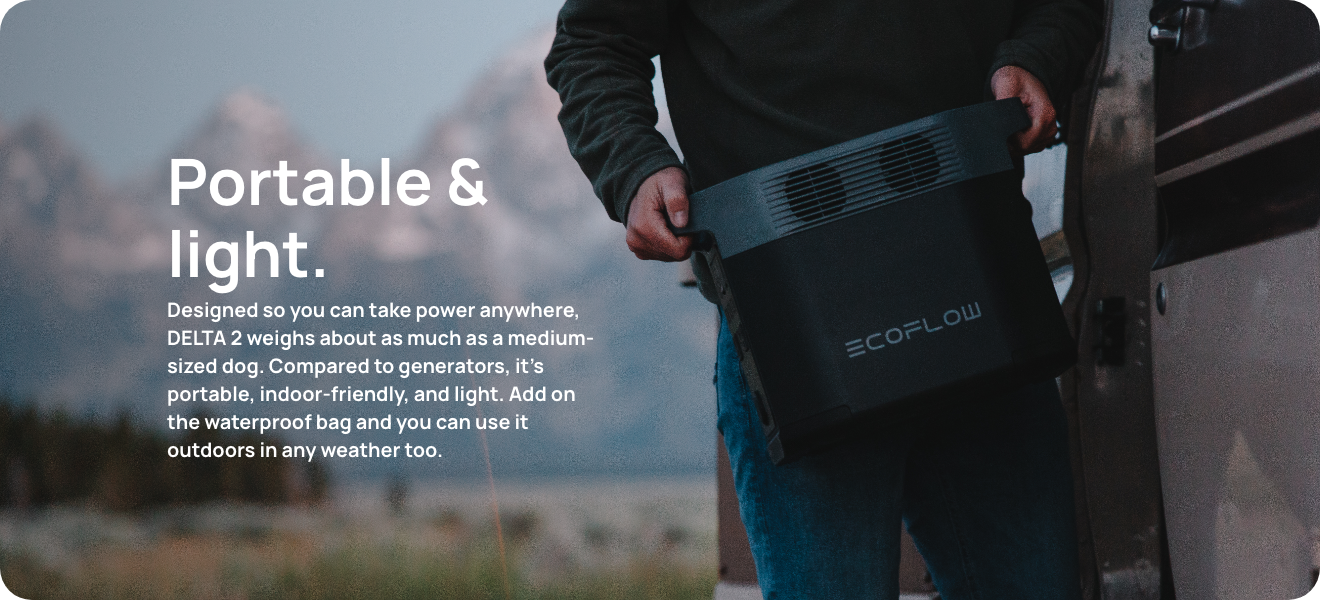
EcoFlow DELTA 2 everything you need to know:
When the EcoFlow Delta 2 launched it was (and still is) groundbreaking offering vastly superior features, longevity and value for money compared to the rest of the industry, the LFP batteries are largely to thank for that but EcoFlow are well known in the industry for their large battery systems (unlike Anker who traditionally make much smaller consumer-grade products).
The one big positive with the EcoFlow Delta 2 is the price, it starts at just £1099 which is considerably lower than the Anker 767 Powerhouse at £2399 however, there is a big BUT coming, the EcoFlow Delta 2 (1kWh) is half the capacity of the Anker 767 (2kWh) so it’s not really a fair comparison, a better comparison would be the EcoFlow Delta 2 (1kWh @ £1099) + the additional EcoFlow Smart Extra Battery (1kWh @ £749) which means it’s a £2399 Anker 767 (2kWh) Vs an £1848 EcoFlow (2kWh) Combo.
The beauty of having two smaller units is that it’s easier to lug one unit around for the majority of the time and only bring the additional unit when you really need it, the EcoFlow Delta 2 comes with a wide selection of ports with up to 1800W of total output although for really power hungry devices you can use an automatically feature called SurgeX which allows you to draw up to 2700W for short periods of time (e.g. when starting a machine).
 Feature Side-by-side comparison – What are the differences?
Feature Side-by-side comparison – What are the differences?
In short, both units are superb and offer a great solution for you, you likely could buy either and no run into any problems, however, the Anker is a larger battery (30.5KG / 67.2lbs) with wheels that can charge much quicker via either AC (up to 2200W Vs 1200W) or Solar power (up to 1000W Vs 500W).
The EcoFlow is smaller (12KG / 27lbs), and even if you factor in the additional battery (9.5KG) it has a smaller footprint and weight compared to the Anker, but you do lose some top-end power output (unless using Surge) and lower charging speeds. You have 1 less USB-C on the EcoFlow but 1 more UK 3 pin plug so that’s fairly equal.
The only other big difference is the EcoFlow has both Bluetooth and Wifi built in and the Anker has just Bluetooth, for most this won’t be an issue but for those who want to check on their batteries remotely or remotely start a plug (e.g. to warm up their tent/van etc) you will miss this feature on the Anker system.
Full side-by-side comparison below:

